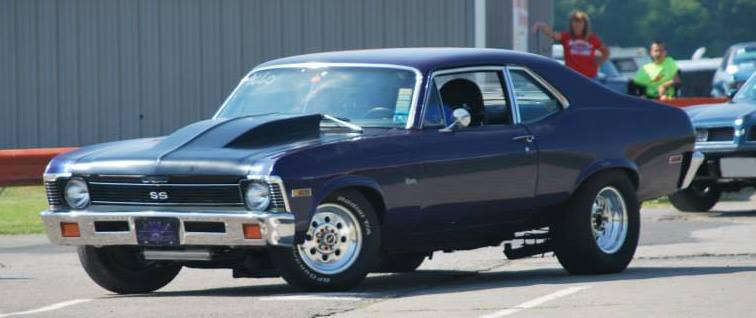We all know something about cars, and – for anyone reading this article, it’s safe to assume – we all know something about fenestration configuration software. But is your knowledge sufficient to pick a winner?
In a coming series of articles, I’m going to share some of the key attributes, features and functionality you should be looking at when choosing the best software for your estimating and manufacturing needs.
But first, let’s talk about cars.
Fast cars.


’72 Nova SS
This past summer, during that all-too-brief period when we could safely relax some pandemic restrictions in an outdoor setting, I had the privilege of spending a night with my fiancée’s family at Keystone Raceway Park in New Alexandria, PA for a ‘Test and Tune’ event. At these gatherings, competitive racers and auto enthusiasts come and put their cars and their mettle to the test at an official drag strip. My fiancée’s family has raced, rebuilt, raced, rebuilt, raced and rebuilt again, a sleek, metallic purple 1972 Chevy Nova SS since … forever.
Several hundred cars queued up, their owners eager to show just how well their machine (and their driving skill) could conquer the quarter mile. My fiancée’s brother, a retired U.S. Marine and long-time apprentice of his father, now holds the reins as the driver and primary mechanic. He wasn’t just impressive on the track, but also in the time between the runs – lifting the hood, tweaking the timing, checking plugs and seals, and … doing a lot of other stuff.
It’s not that I don’t understand the mechanics of automobiles and engines; in fact, I worked as a garage mechanic during college, and rebuilt the engine of my 1972 Super Beetle on semester breaks. Since then, I’ve diagnosed and repaired bad head gaskets and intake manifolds, changed plugs and ignition coils and alternators and water pumps, replaced rotors and brakes and bearings and control arms and springs and struts and gas tanks.
But if you asked me which dragster, or stock-modified or late model would perform well on the track and why, I wouldn’t be able to tell you.
Hundreds of cars that looked impressive on the outside and roared with deafening decibels – how could I tell if they would perform the job?
It’s a long-standing joke in our industry: nobody goes to school to become a fenestration expert. In my quarter-century in this industry, I’ve heard many stories of how we all got here, and in none of these did we dream of this job when we were kids.
But today, we’ve already run the gauntlet and know our way around.
Even so, sooner, rather than later, we come to a reckoning about our knowledge of software, just like I did at the track – I knew enough about cars to keep my own daily-drivers running, but I didn’t know racing and I don’t know how to custom-build a vehicle and engine that can win.
Fortunately, the past 25 years in the pit has given me insights into fenestration configuration software, and I want to share these insights with you. Just like there are a lot of cars about which you might know a lot – but not enough to win the drag – there are also a good number of fenestration software solutions out on the market.
While you might know of all those solutions, how will you know enough to choose the one that will give your business a competitive edge, and take it across the finish line?
In this series, our goal is to help you to know what you’re looking at. There are a number of considerations to take into mind. Each is important in its own right, but also must be considered in the context of the greater whole.
We’ll look at four topics which are crucial to making an effective selection for your business: we’ll start with Company and Services, followed by Product Offerings, evaluating Software Considerations, and finally, address Application Design in coming months.
Buckle up – it’s going to be quite a ride!
Contact our sales team today for a free demo to understand how fenestration configuration software can benefit your business today, and into the future.

